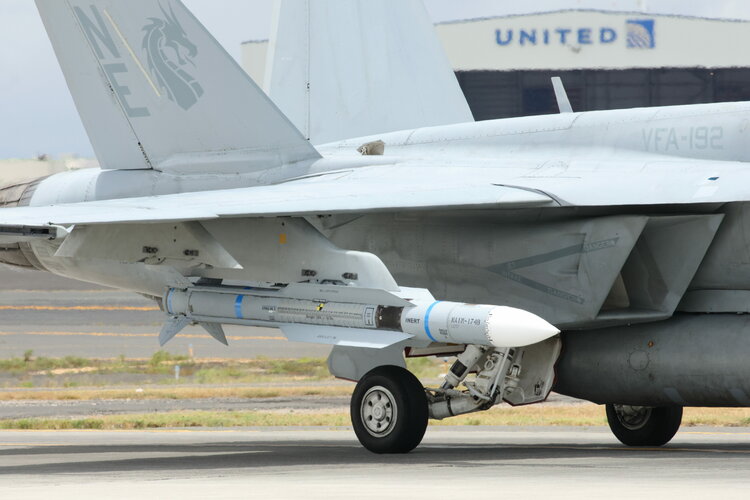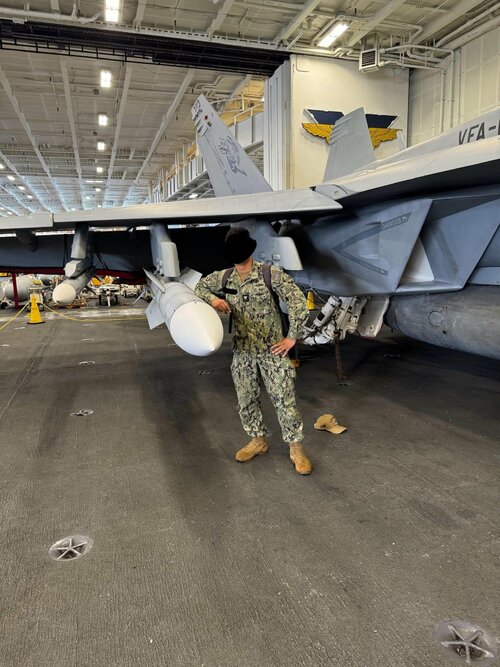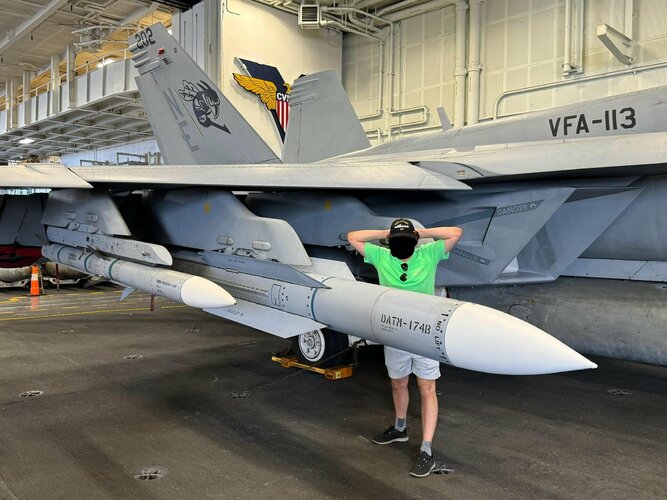In the RAND monograph
Shaking the Heavens and Splitting the Earth, Cliff et al. (2011) assesses the growth of China's PLAAF and provides recommendations on what actions the United States should take in response. One option briefly explored is for a large aircraft such as the Rockwell B-1 Lancer capable of carrying a large number (e.g. 20 or more) of extremely long-range (e.g. 200 nautical miles) air-to-air missiles based on existing airframes such as the Standard SM-2ER / RIM-67 (p. 240).
The problem is that the authors failed to account for the dimensional differences between the the B-1's weapons bays and the proposed missiles. As shown below, the B-1's three weapons bays each have a length of 180 inches or 15 feet. By removing the moveable bulkhead, the forward two weapons bays could be combined into a larger weapons bay of 375 inches or 31.25 feet.
View attachment 733909
Depending on the variant, the Standard missile family has a length of 21.5 feet with the Mark 72 booster or 15.5 feet without the Mark 72 booster. Thus, the B-1 could only internally carry eight Standard missiles with or without the Mark 72 booster if the forward two weapons bays were combined into one. The B-1 could also possibly carry an additional six to twelve Standard missiles using the six external hardpoints.
The B-1 Lancer carrying and firing eight AIM-174 Standard ERAMs internally plus six to twelve additional AIM-174s externally would be an impressive sight.
REFERENCE: Cliff, R. et al. (2011).
Shaking the Heavens and Splitting the Earth: Chinese Air Force Employment Concepts in the 21st Century. RAND Corporation. Retrieved from
https://www.rand.org/content/dam/rand/pubs/monographs/2011/RAND_MG915.pdf




